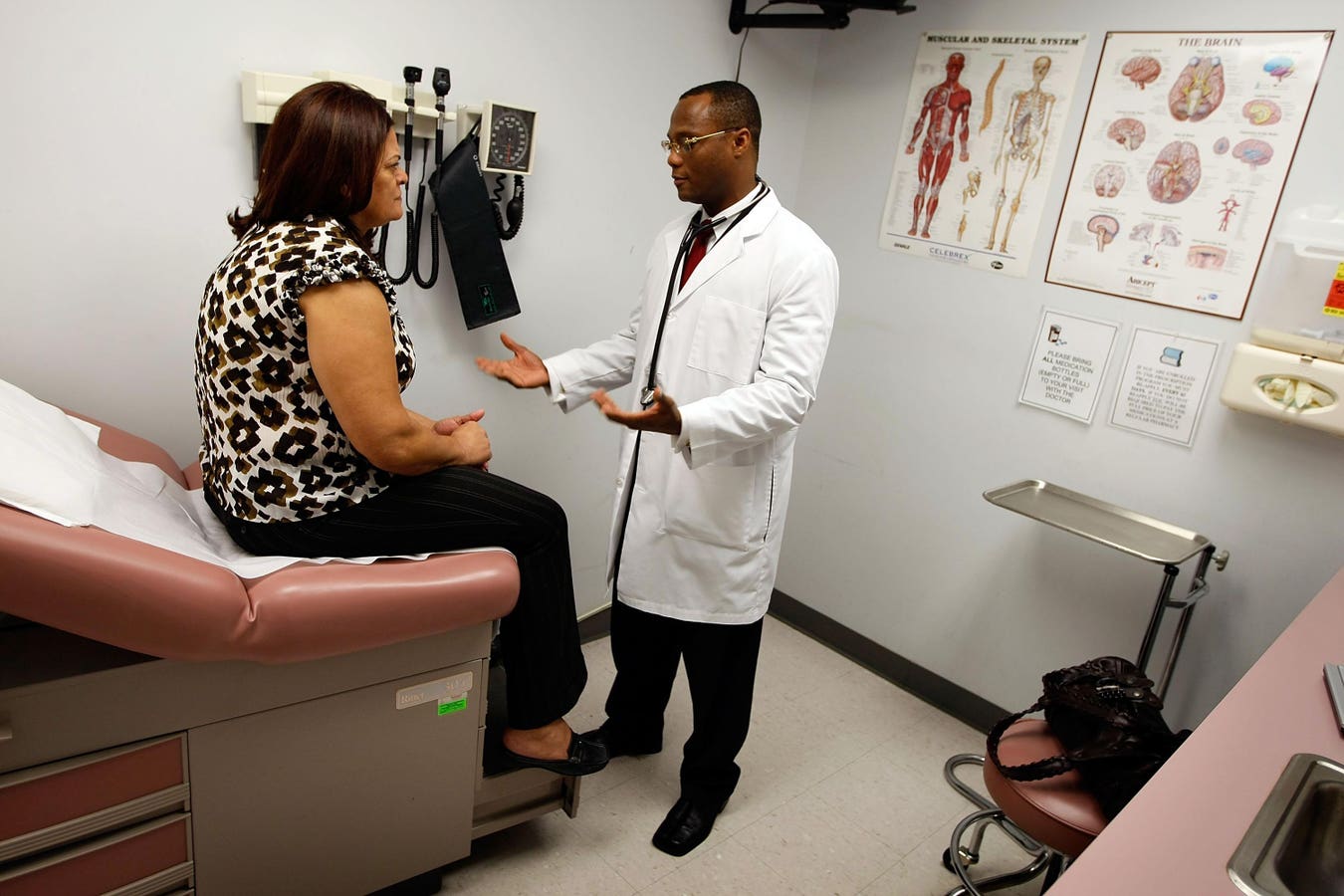Medical data has traditionally been a product of information obtained through health tests, but this form of data collection can often fail to contribute to true preventive healthcare. Health systems and data are designed to treat patients, but patients ultimately want to return to being just people again.
But what if health systems and practitioners started to include information like the neighborhood a person lives in, the amount of time they spend on social media, or even whether a person has a pet? This data could be used to paint a better picture of their health and needs.
Fast and relatively easy access to medical data, such as electronic health records, clinical information, and surveys, tells doctors almost everything about a patient’s health and well-being. But medical data, as we currently define it, rarely addresses a patient’s lifestyle, relationships, exercise habits, and diet – despite this form of ‘life data’ revealing as much about patients as their blood pressure, lipid profile, and disease history.
With this in mind, is the current scope of medical data collection too narrow?
Why the day-to-day matters
Life data can transform the ability of healthcare practitioners to devise accurate long-term treatment strategies. For instance, medical data typically does not contain information about whether or not a patient owns a pet – which could be critical as studies have shown that pets can play a big role in improving cardiovascular health through stress reduction.
Medical forms also omit several other important life data questions, such as:
- How strong are a patient’s relationships with their family and friends?
- What does their current diet look like? Are they a vegan/vegetarian/pescetarian?
- How long have they been married or single? Does their marital status contribute to any of their health problems?
Research has shown that information provided by questions such as the above can lead to more accurate diagnoses and more positive treatment outcomes. It may also provide deeper insight into health, aging, education, and many other aspects of human life, ultimately showing the relationship between health, behavior, and other circumstances. By broadening the definition of medical data, healthcare providers can have a clearer picture of a patient’s health and vulnerability to certain diseases.
Making life better
Incorporating life data into data collection can create better individual preventive interventions, such as personalized, genomics-based guidance on nutrition and exercise. These, in turn, can increase the human health span over the coming years. Using life data encourages healthcare that leans more on prevention, wellness, and scientific advancement, which are key health themes our healthcare system cannot ignore.
Life data, enhanced by technological innovations, can further create huge opportunities. The possibilities of digital transformation are endless, particularly at the crucial stage of data collection and analysis. It is where ‘big data’ comes in – a term that describes our ability to understand the ever-increasing volumes of data in the world used to analyze large numbers of medical records to predict diseases and improve treatment, among other things.
As our data-crunching ability grows and the devices that collect that data shrink to previously unimaginable sizes, the potential to collect and make sense of this data is huge. Big data could also lead to new approaches in prevention, early detection, and treatment of disease throughout the world.
Data privacy, however, can’t be ignored in the present digital health landscape. It will require extensive privacy safeguards to protect data, including multiple rounds of encryption and firewalls.
Connecting information
There is no doubt that big data will continue to advance transformation in healthcare, and as healthcare moves away from a task-driven model – focusing on disease and behavior management – to patient-centered care, life data will become even more crucial to enabling and sustaining better health for millions of patients.
While life data still resides outside patients’ records, it is slowly becoming a part of the healthcare discussion, with current efforts involving small tests and pilots to include such data in clinical settings. The problem, however, is that the data is stored in disconnected silos, so we need a system to connect the information to healthcare meaningfully.
To truly create, harness, and work with big data, all data sources must be linked – increasing knowledge, care, and quality of life.
Read the full article here





